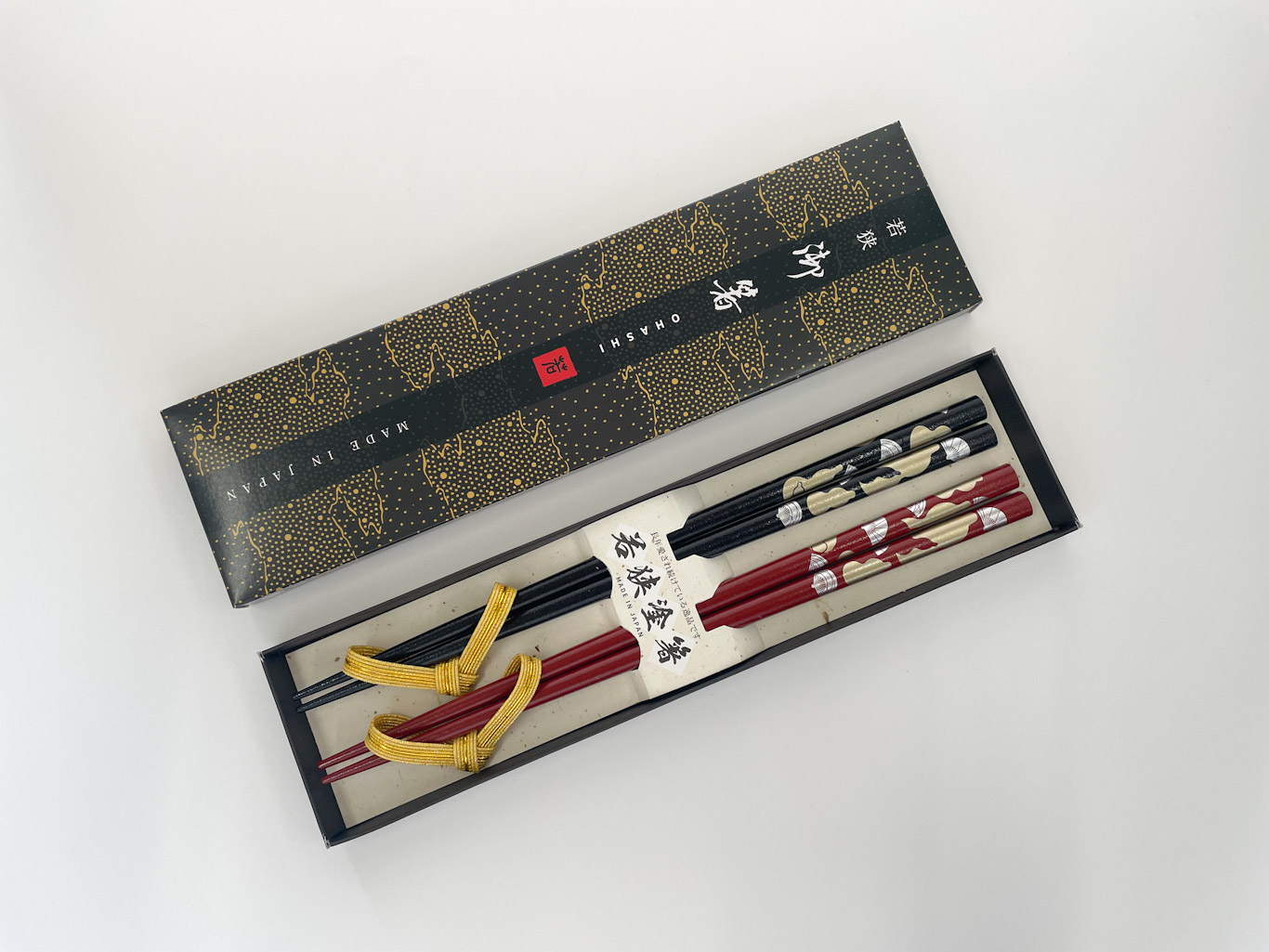News
2025.07.24
Columns
Japanese Chopstick Culture and Craftsmanship Gaining Global Recognition

Table of Contents
1. What Is Japanese Chopstick Culture?
2. The History and Evolution of Chopsticks in Japan
3. What Sets Japanese Chopsticks Apart?
4. Materials and Design: Traditional Japanese Craftsmanship
5. Conclusion
What Is Japanese Chopstick Culture?
Chopsticks are essential to Japanese cuisine and daily life. While they may seem commonplace in Japan, chopsticks hold unique cultural significance and are attracting growing attention worldwide. High-quality Japanese chopsticks are especially valued in Japanese restaurants overseas and as part of exported tableware collections.
Globally, chopsticks are used mainly in East Asian countries such as China, Korea, and Vietnam. However, Japanese chopsticks have evolved distinctly in shape, usage, and cultural meaning.
In particular, the quality of chopsticks in Japanese restaurants can greatly affect the overall dining experience. The right choice of chopsticks reflects the delicacy of the cuisine and the elegance of the service.
Chopsticks in Japan go beyond their practical role—they reflect seasonal aesthetics, choice of materials, manners, and traditional values. Through chopsticks, one can appreciate Japan’s commitment to hospitality and the beauty woven into everyday life.
The History and Evolution of Chopsticks in Japan
Chopsticks are believed to have been introduced to Japan during the Asuka period (6th–8th century). At that time, they were used not for meals but for religious rituals and court ceremonies, often in the form of bamboo tweezers known as tsumami-bashi.
By the Nara and Heian periods, chopsticks came into use among the aristocracy for dining. The modern style of two separate sticks was established, enabling more delicate and precise handling of food.
In the Edo period, chopsticks became widespread among the general population. Various types of chopsticks were created and used according to the situation, such as cooking chopsticks, plating chopsticks, and deep-frying chopsticks, as well as Rikyu chopsticks, Tensaku chopsticks, and Yanagi chopsticks. These variations show the cultural depth and practical refinement of chopsticks in Japan.
What Sets Japanese Chopsticks Apart?
Japanese chopsticks are especially known for their fine tips and non-slip grip. Compared with other countries:
| Japanese Chopsticks | Chinese Chopsticks | Korean Chopsticks | |
| Length | Short (22–23 cm) | Long (25–27 cm) | Medium length |
| Tip Shape | Thin and tapered | Thick and rounded | Flat, metal |
| Material | Wood, bamboo, lacquer | Wood, plastic | Stainless steel |
.
In most other Asian countries, chopsticks are used alongside spoons. But in Japan, meals are traditionally eaten with chopsticks alone. This led to the development of chopsticks optimized for soft and delicate dishes like simmered vegetables, grilled fish, and tofu.
Japan also has rich traditions tied to chopsticks:
- “My Hashi” (personal chopsticks) used for sustainability
- “Meoto-bashi” (matching pairs for couples) used in weddings
- “Iwai-bashi” (celebration chopsticks) used during festivals
Chopsticks in Japan are often used as gifts or ceremonial items, symbolizing respect and connection between people.
Materials and Design: Traditional Japanese Craftsmanship
Chopsticks in Japan are often made using regional craftsmanship and high-quality materials. For example:
- Wakasa-nuri (Fukui Prefecture): Lacquered chopsticks decorated with seashells and gold leaf
- Yoshino cedar (Nara Prefecture): Fragrant, high-quality wood with a natural finish
- Tsugaru-nuri (Aomori Prefecture): Multi-layered lacquer creating a deep, luxurious appearance
In recent years, environmentally conscious products such as reusable chopsticks and those made from natural, untreated wood have gained attention. These products align with SDGs and sustainable lifestyle trends, appealing to both eco-conscious consumers and high-end buyers.
Conclusion
While chopsticks are tools for eating, they also reflect deep cultural values in Japan. How they are held, placed, and used demonstrates respect, etiquette, and a spirit of hospitality. Having elegant, well-crafted chopsticks elevates the dining experience. For overseas restaurants or shops offering Japanese cuisine or culture, incorporating authentic Japanese chopsticks can enhance presentation and customer satisfaction. More than just a utensil, chopsticks symbolize Japanese aesthetics, mindfulness, and craftsmanship. Understanding their history and charm offers deeper insight into the Japanese way of life.
At Imoto Sangyo, we offer a wide range of tableware, kitchen goods, cutlery, farming tools, and lifestyle accessories.
For inquiries regarding import/export, please contact us via our “Contact“ page.
Please note: we do not sell directly to individual consumers.
Category
Archive

